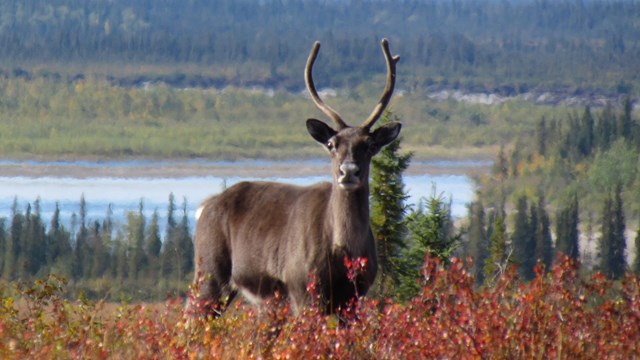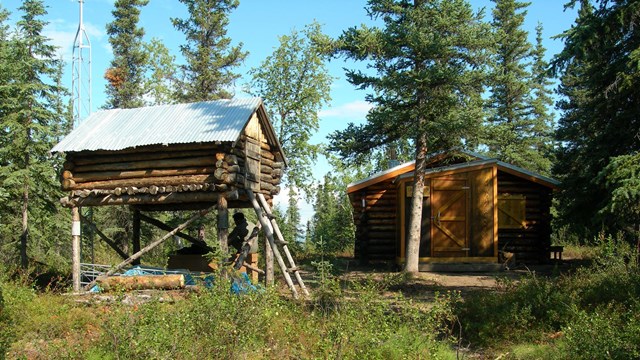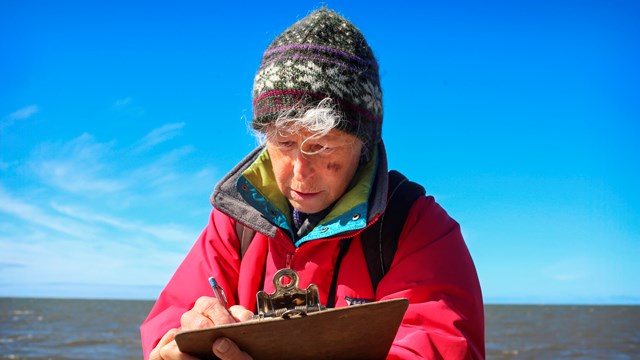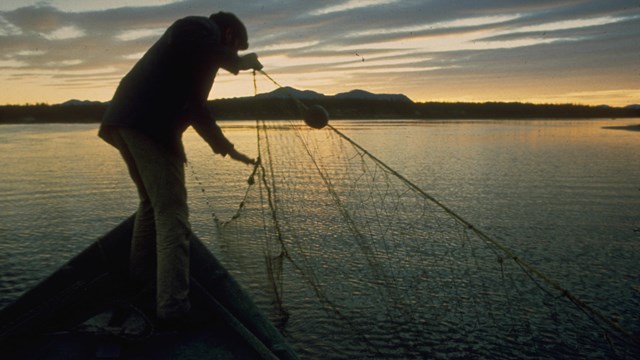|
History isn’t just a thing of the past in Kobuk Valley National Park. Qayaqs and spears have been replaced by motor boats and rifles, but the Iñupiat continue to hunt caribou as they cross the Kobuk River at Onion Portage, just as their ancestors have done for ten thousand years. Salmon and sheefish runs are still an important source of food, and in late summer, local residents head to the tundra to pick berries to last through the long winter. Even in the age of modern conveniences, people rely on the land to feed their families. Kobuk Valley has been home to Arctic civilization since the last Ice Age and here, that culture lives on. Find out more about modern subsistence practices in Kobuk Valley, or browse the information below to learn more about the people, places, and stories that make this such a special place. |

Explore Onion Portage - Paatitaaq
Learn more about the historical and cultural significance of Onion Portage as well as the ecology and natural history of the area. 
J. Louis Giddings
The story of Arctic archeology is dominated by one towering figure – J. Louis Giddings. Learn more about this instrumental archeologist. 
Kobuk River Stampede
The year was 1898, and the gold rush at Klondike was beginning to wane. 
Specimen Collection
Learn more about the requirements to collect specimens in Kobuk Valley. 
Obtaining a Research Permit
Learn the specifics of obtaining a research permit for work in Kobuk Valley National Park. 
Inupiaq Subsistence in Kobuk Valley
The people along the Kobuk River carry on traditions spanning over 8,000 years. |
Last updated: September 3, 2024
